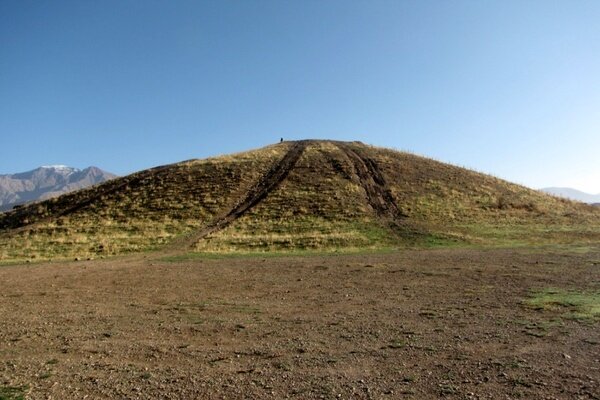Protective measures planned for Neolithic site in west-central Iran

TEHRAN – Tepe Sarab, a Neolithic-era human settlement in west-central Iran, will be provided with some protective measures based on a periodic maintenance schedule.
“The operations of reorganizing and restoring this historical mount include loading and transporting of construction debris and cleaning the area, creating a fence and building a wall with carcass stone, preparing and installing a sign describing the site….,” ILNA quoted a local tourism official as saying on Tuesday.
Situated near Shahr-e Kord, the capital of Chaharmahal-Bakhtiari province, Tepe Sarab dates back to the Neolithic era and it was made a national heritage site in 2010 under the registration number of 29708, the report added.
Neolithic, also called the New Stone Age, the final stage of cultural evolution or technological development among prehistoric humans. It was characterized by stone tools shaped by polishing or grinding, dependence on domesticated plants or animals, settlement in permanent villages, and the appearance of such crafts as pottery and weaving. The Neolithic followed the Paleolithic Period, or the age of chipped-stone tools, and preceded the Bronze Age, or the early period of metal tools.
AFM/MG

Leave a Comment